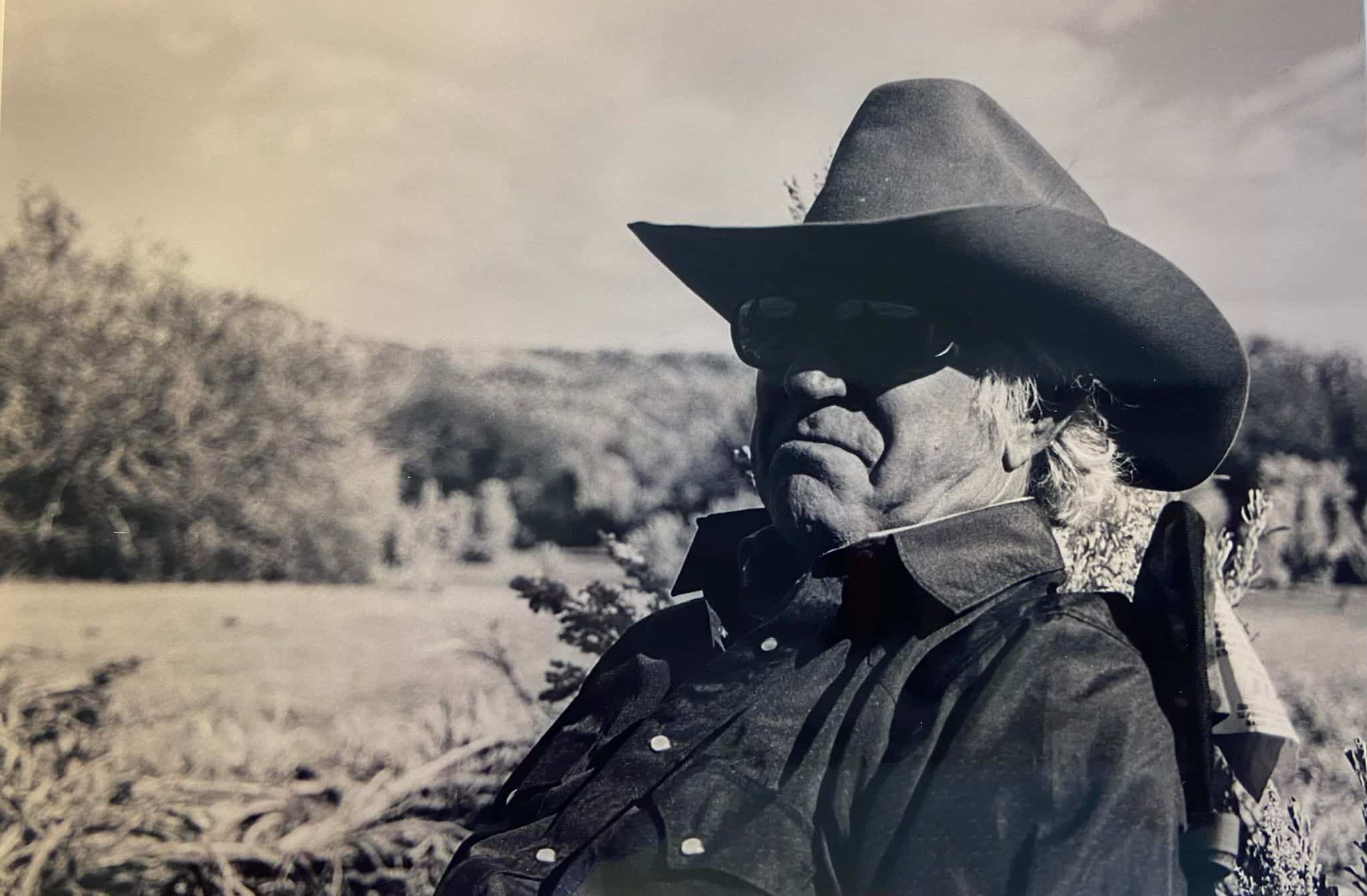Freeze Branding for Identification
- Topics: Article, Horse Identification
A “humane form” of permanent identification.
Branding of livestock traces all the way back the to the Middle Ages, when animals were identified by marks burned into their skins with a fiery stick. The practice gained impetus in the New World when Spanish landowners developed large herds of cattle that roamed across Mexico and eventually moved northward into what is now Texas.
Those were the days of open range, when cattle from many owners were intermingled. Branding them with a hot iron was the method of choice for determining ownership. It is a system that is still in vogue today in the West for horses and cattle, and up-to-date brand papers are a must when traveling from state to state, or even from county to county, within a Western state with horses or other livestock.
However, it was learned very early on that there were serious differences involved when branding cattle as compared to branding horses. To put it simply, a cow has a thicker, tougher hide than a horse. Thus, a hot brand might be held in place for up to 10 seconds to leave a lasting scar on a cow or steer. However, if the same were done to a horse, the brand very well might burn into the muscle. With horses, a hot brand is applied for only a second or more in order to do leave a lasting mark, but not impart damage to deeper tissues and muscles.
Freeze Branding
Then along came freeze branding and the “burning” concerns were alleviated. Instead of burning the flesh, freeze branding, as the name implies, makes use of intense cold, produced either by liquid nitrogen or a combination of alcohol and dry ice. The intense cold kills the pigment-producing cells, called melanocytes, leaving an area of pigment-free skin. On dark-colored animals, the hair grows back white, and on white animals an area with no hair generally is the result
Create a free account with TheHorse.com to view this content.
TheHorse.com is home to thousands of free articles about horse health care. In order to access some of our exclusive free content, you must be signed into TheHorse.com.
Start your free account today!
Already have an account?
and continue reading.

Written by:
Les Sellnow
Related Articles
Stay on top of the most recent Horse Health news with















